1. Why this matters
Total stablecoin on-chain transaction volume in the first half of 2025 reached approximately $4.6 trillion, with projections for the full year expected to exceed $8–$9 trillion if current trends continue. They account for 40% of total trading volume on crypto exchanges. Stablecoins processed volumes on-chain that rival or exceed traditional payment networks like Visa and Mastercard.
Two global pillars of regulation now exist: the EU’s Markets in Crypto-assets Regulation (MiCA) and the U.S. Guiding and Establishing National Innovation for U.S. Stablecoins Act (GENIUS), both live but on phased timelines. Together they will determine which tokens can be issued, listed and used in the world’s two largest capital markets.
2. Regulatory taxonomy at a glance
| Stablecoin type | MiCA classification | GENIUS classification | Core prudential tests |
|---|---|---|---|
| Fiat-backed (single currency) | E-money tokens (EMT) | Payment stablecoins | 1 : 1 cash or high-quality liquid assets; daily liquidity; redemption at par |
| Fiat/commodity/crypto basket | Asset-referenced tokens (ART) | Outside GENIUS (will be studied separately, may fall under securities/commodities laws) | Capital buffer (≥ 2 % of reserve) + diversification; significant-issuance triggers |
| Algorithmic / crypto-only collateral | “Other tokens” (subject to general MiCA but notEMT/ART rules) | Not covered; CFTC/SEC analysis applies | N/A under both acts, but marketing restrictions and disclosure duties still bite |
Sources: ESMA/ECB technical docs on MiCA ESMA; Dechert note on ART/EMT authorisation (Sources: dechert.com; Gibson Dunn GENIUS summary Gibson Dunn).
3. Key obligations — side-by-side
| Topic | MiCA (EMT / ART) | GENIUS (payment stablecoins) |
|---|---|---|
| Who may issue? | EMT: EU credit/e-money institutions; ART: dedicated EU issuer entity | Subsidiary of an insured depository institution, or OCC-licensed non-bank; state-qualified issuers ≤ $10 bn float (Sources: Gibson Dunn) |
| Legal seat | Must be in an EU member state | U.S. entity or registered foreign issuer deemed “comparable” & holding U.S. reserves (Sources: Gibson Dunn, Gibson Dunn) |
| Reserve assets | “Low-risk, highly liquid” & segregated; investment cap on non-sovereign bonds | Cash, bank deposits, ≤ 90-day U.S. Treasuries only; no rehypothecation (Source:Gibson Dunn) |
| Capital / own funds | ART: ≥ €350 k or 2 % of reserve; EMT: standard e-money rules | No explicit capital yet; Fed/OCC to set liquidity & stress-test rules (Source:Gibson Dunn) |
| Disclosures | White paper; quarterly reserve report; ‘significant’ tokens file monthly | Monthly public attestation; annual audit once float > $50 bn(Source: Gibson Dunn) |
| Interest to holders | Allowed for EMT if under separate licensed product; banned for ART | Banned outright (Source:Gibson Dunn) |
| Marketing limits | Must be “fair, clear, non-misleading”; EMT redemptions at par must be prominent | Prohibits claims that coins are deposits/securities; Treasury may bar “yield” language |
| Trading-venue gatekeeping | Non-euro EMT/ART must pause issuance once > 1 m tx or €200 m/day; CASPs must delist once no longer compliant (Sources: GVZH, AMLBot Blog) | From 18 Jul 2028 U.S. exchanges/brokers may list only permitted coins; foreign coins need OCC registration + freeze capability |
| Transition | Grand-fathering to 1 Jul 2026 if authorised filed; CASPs transitional to 30 Jun 2026 (Sources: ESMA) | Act effective by Jan 2027; 3-year safe harbour for existing coins until Jul 2028(Sources: Barron’s) |
4. Offering in both jurisdictions — compliance design
| Decision point | Practical guidance |
|---|---|
| Legal entity structure | • Create separate EU issuer (EMI/credit-institution or ART issuer) and U.S. OCC-chartered entity. • Consider a multi-series trust where reserves and liabilities are legally ring-fenced by region. |
| Token branding | Many issuers will bifurcate tickers (e.g. USDC-EU vs USDC-US) to keep EU-specific caps from spilling into U.S. liquidity pools. |
| Reserve segregation | Hold EU reserves with ECB-eligible custodians; U.S. reserves at Fed-insured banks. Daily reconciliation must map wallets to jurisdiction-specific ledgers. |
| White paper vs. attestation | Align data fields so one internal data-lake feeds both quarterly EU white-paper updates and monthly U.S. attestations—avoid duplicate reconciliations. |
| Freeze / seizure tech | GENIUS requires “freeze or burn on lawful order”; ESMA drafts similar API for significant ART/EMT. Build a common smart-contract hook but segregate keys per region. |
| Interest & rewards | Loyalty or staking rewards must be geo-fenced from U.S. users; EMT rewards (if any) must be sold as a separate e-money product in the EU. |
| Marketing & UX | Geo-detect and suppress “deposit-like” language for U.S. visitors; insert MiCA risk statement for EU IP addresses. |
| Audit & reporting calendar | Book year-ends that let you finish MiCA quarterly reserve reports before the U.S. attestation cut-off (GENIUS monthly), so one audit field-work cycle serves both. |
5. Impact on trading venues
| Region | Effects on centralised exchanges (CEX) | Effects on decentralised venues (DEX) |
|---|---|---|
| EU (MiCA) | Already in motion: OKX delisted USDT pairs for EEA users; Binance capped certain services. Exchanges must stop listing non-euro stablecoins that breach the 1 m tx / €200 m daily ceiling; failure triggers NCA fines and forced suspension (Source:AMLBot Blog). | DEX front-ends operated by EU entities will need CASP licences and must geo-block or filter non-compliant tokens; core protocols remain untouched but liquidity may fragment. |
| U.S. (GENIUS) | By Jul 2028 CEXs, broker-dealers and even clearing houses must delist coins that are not issued by permitted issuers; foreign coins can stay only if OCC-registered and “freeze-capable” (Source:Gibson Dunn). | DeFi protocols are explicitly excluded from “digital asset service provider” definition, but Treasury will study future coverage. Front-ends incorporated in the U.S. risk enforcement if they facilitate trading in non-permitted coins. |
6. Action checklist for compliance teams (next 12 months)
- Choose licensing path
EU: EMT via existing e-money licence or new ART authorisation.
US: OCC application (federal), partner bank subsidiary, or state pathway (< $10 bn). - Reserve portfolio realignment
Shift to 100 % cash + ≤ 90-day T-Bills; divest gold, crypto or CP assets. - Draft integrated disclosure pack
Map EU white-paper annexes to U.S. monthly attestation template. - Tech remediation
Implement address-block & freeze function; tag wallet flows by jurisdiction. - Exchange relations
Secure written commitments from major venues on listing timelines and cutoff rules (EU caps, U.S. safe-harbour sunset). - Board-level risk assessment
Update ICAAP/ILAAP (EU) and liquidity stress tests (U.S.) to include simultaneous run scenarios on both sides of the Atlantic.
7. Strategic outlook
- Liquidity may bifurcate between euro-denominated and dollar-denominated pools as caps bite in Europe and delistings loom in the U.S.
- First movers that achieve dual compliance (Circle, PayPal, bank-issued tokens) will capture institutional order flow displaced from non-compliant coins.
- Emerging opportunity: euro-stablecoins filling the gap on EU venues; bank-tokenised deposit programmes under both regimes once interoperability standards (GENIUS §12) are published.
By planning now for dual-licensing, harmonised reserves, and exchange-specific contingencies, issuers can turn regulatory hurdles into competitive moats rather than existential threats.




